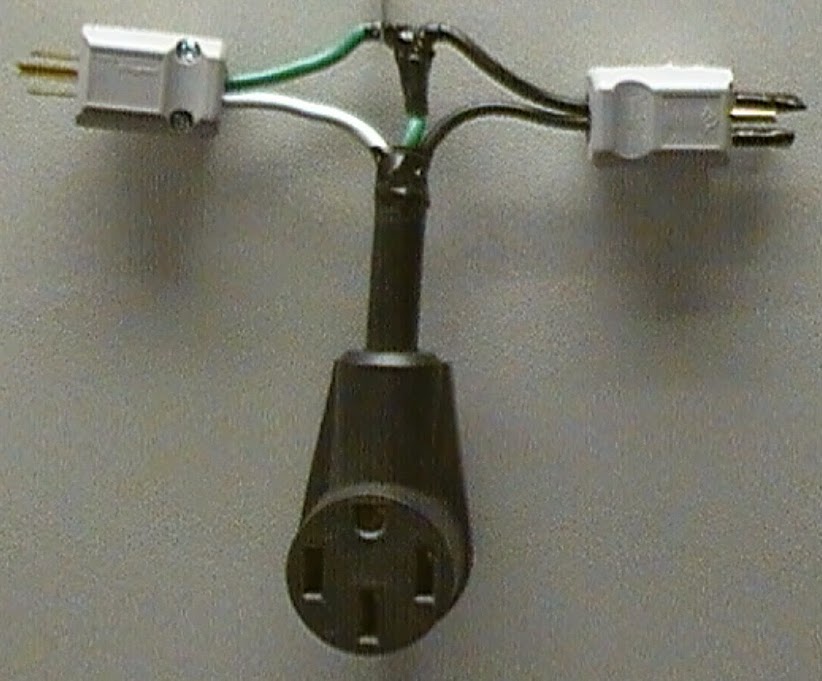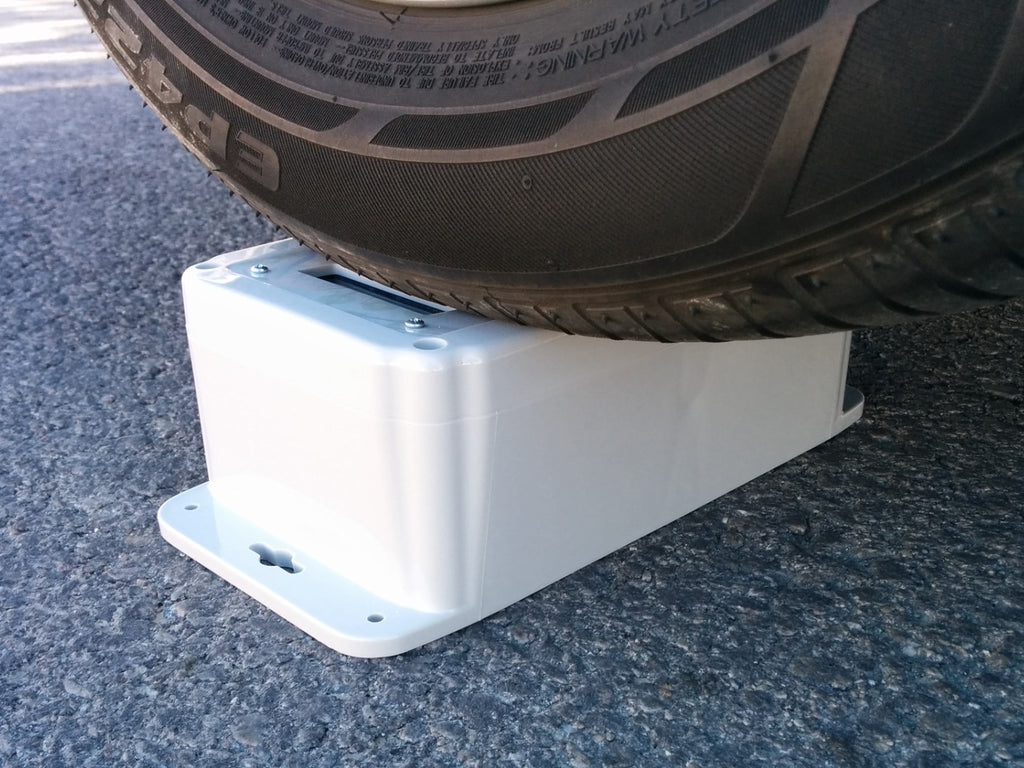I have a 32A EVSE for sale on MNL. Since it is constructed with 40A components I can sell it without the J1772 cable for $325. You would then add a 40A J1772 cable like the one Tony Williams' company Quick Charge Power sells. It you have the cable drop shipped here like several people have done I will install and test it for you.
http://www.mynissanleaf.com/viewtopic.php?f=41&t=17663. As you can see from the title change this has sold.
http://www.mynissanleaf.com/viewtopic.php?f=41&t=17663. As you can see from the title change this has sold.

































